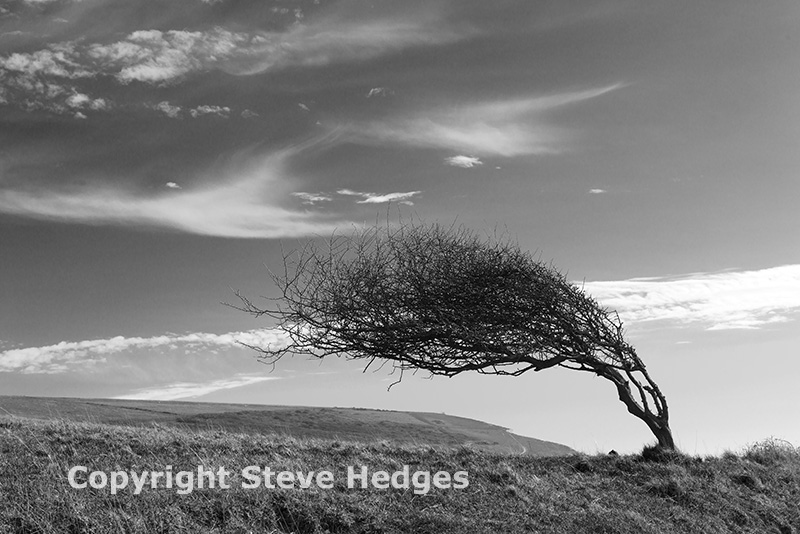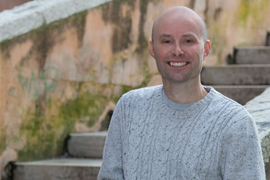For this blog I thought I’d look at black and white photography. What type of image works best in black and white? What type of lighting is best for a black and white picture? Why work in black and white in the first place?
Firstly it’s best to take the picture in colour and then convert the colour file to black and white on the computer afterwards. The reason for this is because you have much greater control over how each colour is converted into a black white or grey tone by making the conversion yourself using a software package such as Adobe Photoshop. If you choose the black and white option on the camera, this will be done automatically, with no creative input from the photographer. Look at the pictures of Portland Bill lighthouse below. As you can see each black and white conversion is quite different, even though they have all come from the same colour original. By adjusting each colour channel when using the black and white converter in Photoshop, I can adjust the contrast and shade of each colour independently, which gives the photographer great control over the whole process.
no images were found
The type of images that work best in black and white are those with a contrasting tonal range. In other words, pictures with a contrast of dark tones against light tones throughout the image. If you look at the picture of the waterfall, the white tones of the waterfall really stand out against the darker tones around it. In fact there is a contrast of light tones against dark tones throughout the picture.
no images were found
As for lighting conditions, either the soft light of a cloudy day or the hard light of a sunny day will work well as long as the lighting conditions suit the subject you are photographing. A black and white conversion can be really useful when the light is quite dull and flat, because the contrast of the picture can be increased to a much greater extent for a black and white image than it can for a colour photograph. By increasing the contrast we give the image a greater range between the dark tones and the light tones. If you look at the two pictures of the windswept tree, the black and white conversion has much more contrast…looks punchier than its colour counterpart.
no images were found
So why not start to think in black and white? Ask yourself if the subject would work as a black and white image.
If you would like more information on converting colour files into black and white images, my digital imaging course covers this technique along with many more subjects to turn you into a post production wizard. This is available as a classroom-based course in the Essex area: https://www.stevehedgesphotography.co.uk/digital-imaging-course/ or as a stand-alone unit as part of my distance learning series of courses:
https://www.stevehedgesphotography.co.uk/distance-learning-digital-imaging-course/


